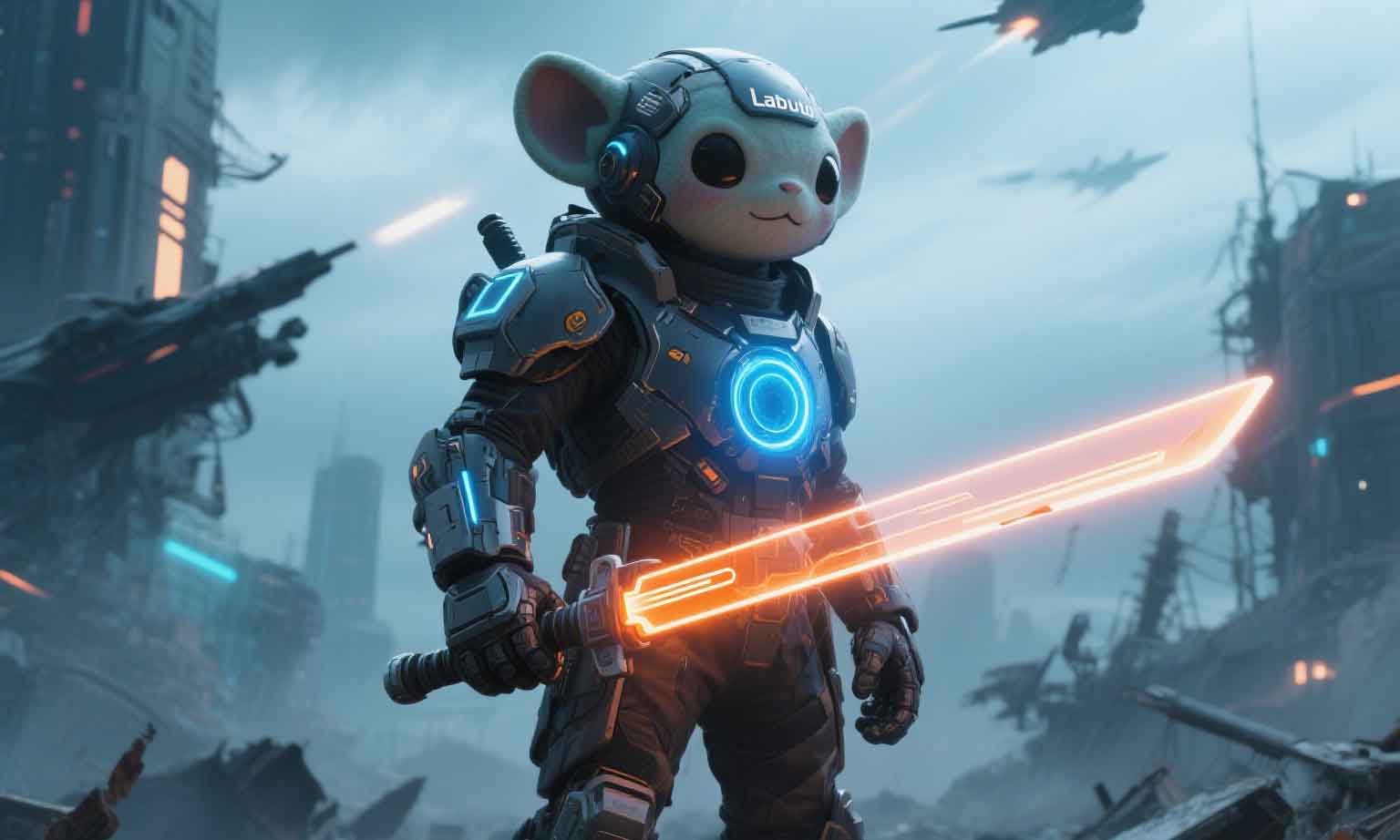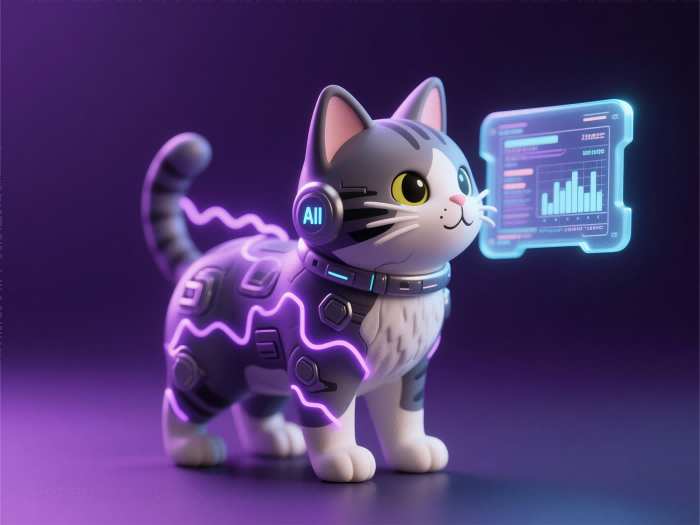Advantages and disadvantages of AI toys
单涡轮马猴烧酒 2025-05-30
AI toys offer innovative ways to educate and entertain children, but they also come with challenges like cost, privacy risks, and potential impacts on social-emotional development. Balancing their use with traditional play and real-world interactions is key to maximizing benefits while minimizing drawbacks.
Here are the advantages and disadvantages of AI toys in English:
Advantages of AI Toys
- Enhanced Educational Value
- AI toys can provide interactive learning experiences, such as teaching languages, math, science, and problem-solving skills through games and quizzes.
- Example: Some robots offer personalized learning paths based on a child’s progress.
- Interactive Entertainment
- They can engage children in conversations, storytelling, or music/sound games, keeping them entertained while stimulating creativity.
- AI-powered features like voice recognition and motion sensors make playtime more dynamic.
- Companionship
- For single-child families or busy parents, AI toys can act as virtual companions, reducing feelings of loneliness and providing emotional support.
- Skill Development
- Many AI toys focus on developing specific skills, such as coding (e.g., programmable robots), logical thinking, or hand-eye coordination.
- Technological Literacy
- Early exposure to AI and robotics helps children become familiar with advanced technologies, preparing them for future digital trends.
- Parental Control & Monitoring
- Some AI toys allow parents to set screen time limits, track learning progress, or filter content remotely via mobile apps.
Disadvantages of AI Toys
- High Cost
- AI-powered toys are often more expensive than traditional toys, making them less accessible to families on a tight budget.
- Over-Reliance on Technology
- Excessive use may reduce children’s interest in offline activities (e.g., outdoor play, creative crafts), affecting physical development and social skills.
- Privacy Concerns
- Toys with voice/motion sensors may collect personal data (e.g., children’s voices, habits), raising risks of data breaches or misuse by third parties.
- Limited Emotional Intelligence
- Despite advanced algorithms, AI toys cannot fully replicate human empathy or emotional understanding, potentially limiting deep emotional bonding.
- Technical Glitches
- Issues like software bugs, connectivity problems, or battery life can disrupt playtime and frustrate children (and parents).
- Reduced Imaginative Play
- Pre-programmed responses or fixed storylines may restrict children’s imagination, as they rely on the toy’s predefined interactions rather than creating their own scenarios.
- Environmental Impact
- The production of AI toys often involves non-biodegradable materials and complex electronics, contributing to e-waste if disposed of improperly.
- Social Isolation Risks
- Children may prefer interacting with AI toys over real peers, hindering the development of face-to-face communication and teamwork skills.













